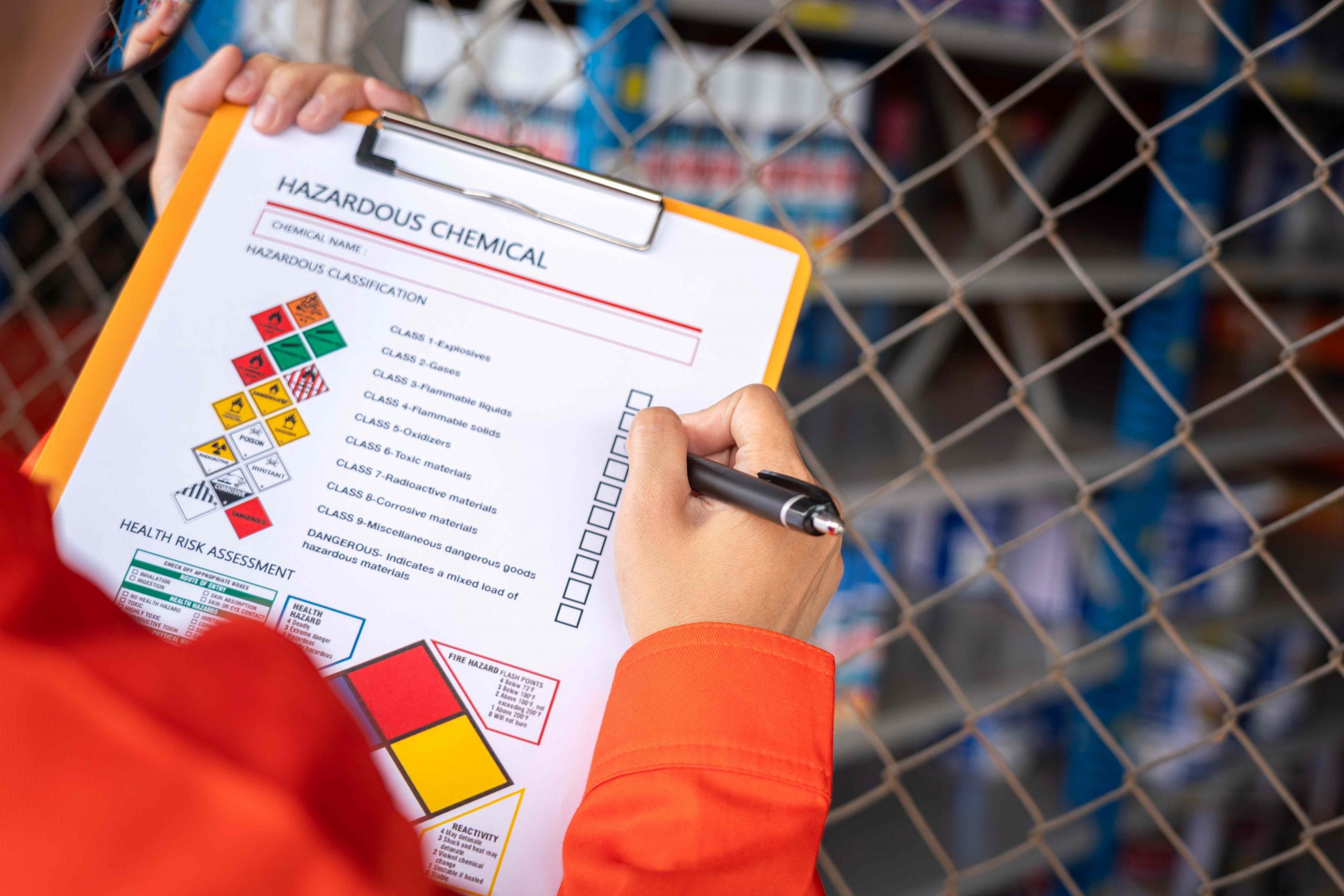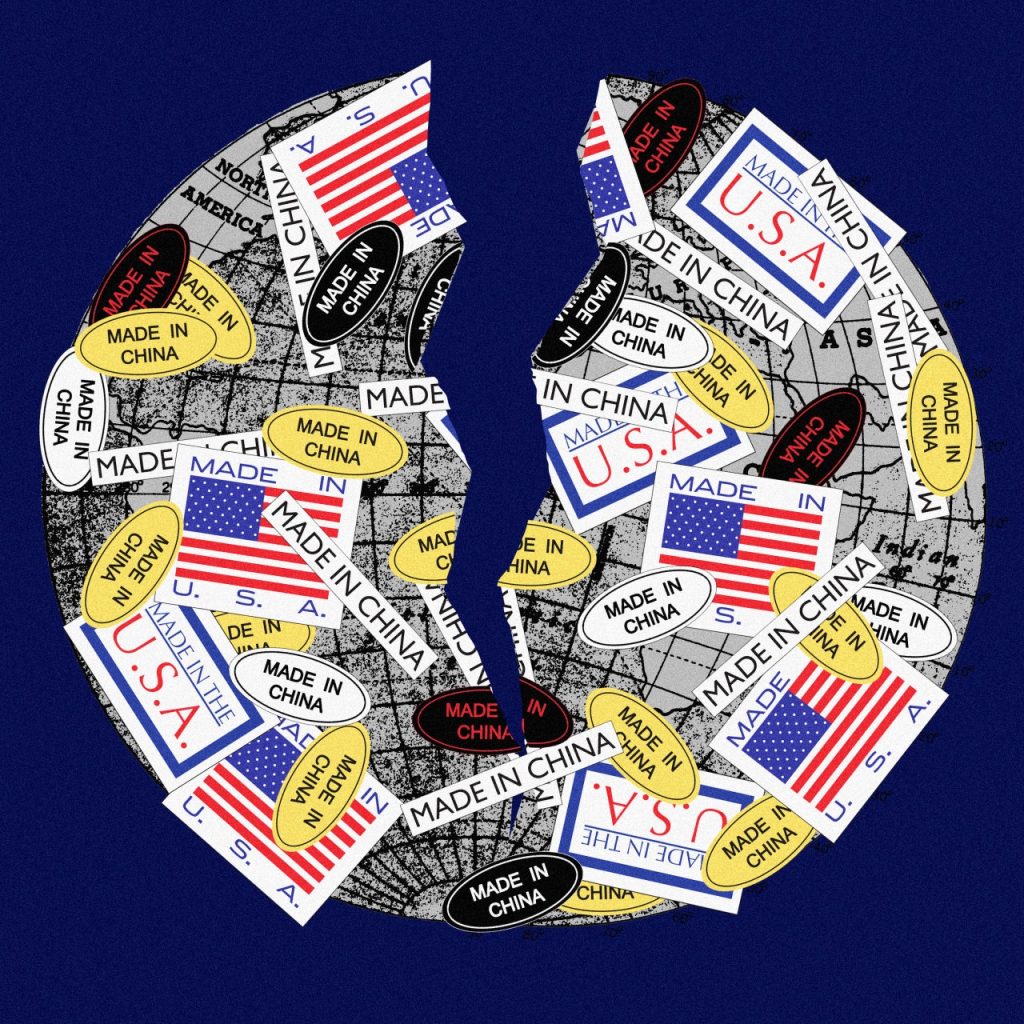A recent study conducted by the European Union uncovered alarming findings that one in every five widely consumed products contains elements and compounds exceeding permissible limits.
The study conducted by the European Chemicals Agency (ECHA) delved into the presence of hazardous chemicals in everyday products such as electronics, toys, headphones, chargers, clothing, footwear, sporting goods, jewelry, and more.
The investigation reveals that in 20% of the products examined contained hazardous chemical components exceeding the allowed limits.
The assessment covered a total of 2,407 products across EU member states, including Greece, evaluating 99 products available in its market—88 items and 11 mixtures. Electronic and electrical goods exhibited the highest level of surpassing permissible limits, at 52% of the 329 products assessed. This was followed by toys at 23%, sports equipment at 18%, and fashion items at 15%.
Materials used in the products also revealed critical concerns, with metals of various kinds showing the highest risk, surpassing limits by 24%. Soft and flexible plastics followed at 20%, and hard plastics at 11%.
Specifically, lead, cadmium, and phthalates—commonly found in electronics—emerged as the most dangerous chemical elements and compounds. Recent studies published in “The Lancet Planetary Health” revealed that lead alone is responsible for approximately 5 million deaths annually globally, and it contributes to cognitive impairments in millions of children under the age of 5. Cadmium is linked to carcinogenicity and mutations, notably pancreatic tumors.
Regarding mixtures, a particular category examined in the ECHA’s research, the overall rate of exceeding permissible limits was seemingly lower at 9%. However, certain products exhibited alarming rates, such as paint strippers at 38% and adhesives at 12%
The ECHA, an EU agency responsible for implementing the REACH regulation governing chemical products, urges member states, authorities, and businesses to enhance safety and minimize risks to Europeans’ health.
Special emphasis is placed on imported products from countries like China and those categorized as ‘unknown origin.’ This arises from the discovery that higher rates of exceeding limits were observed in goods from non-EEA countries (22%).







